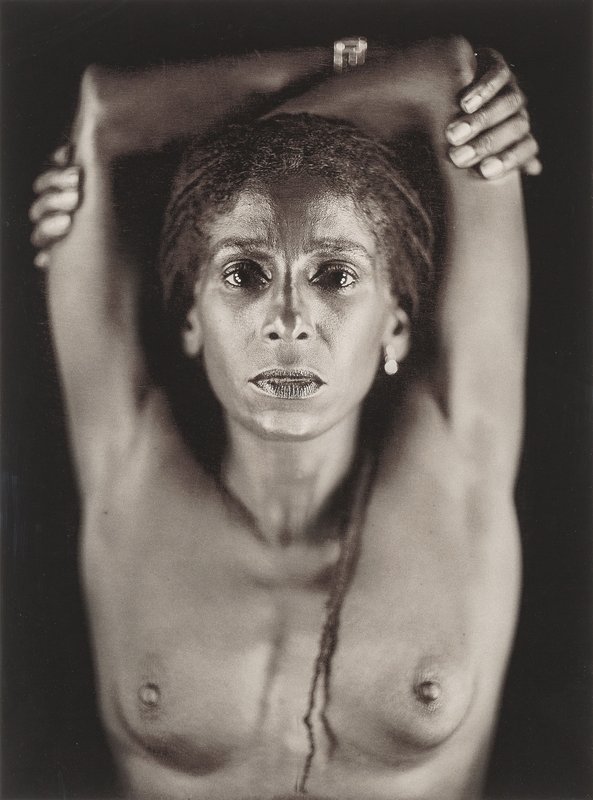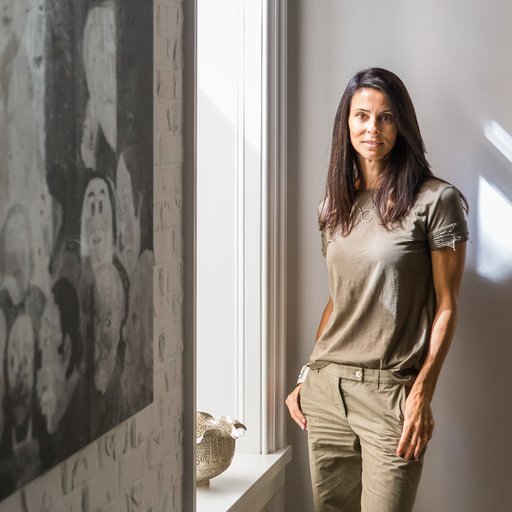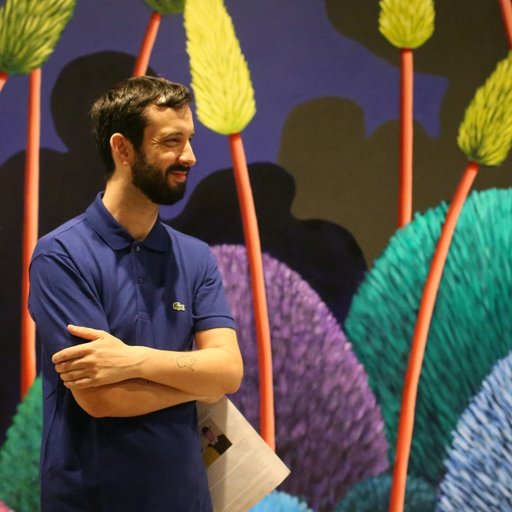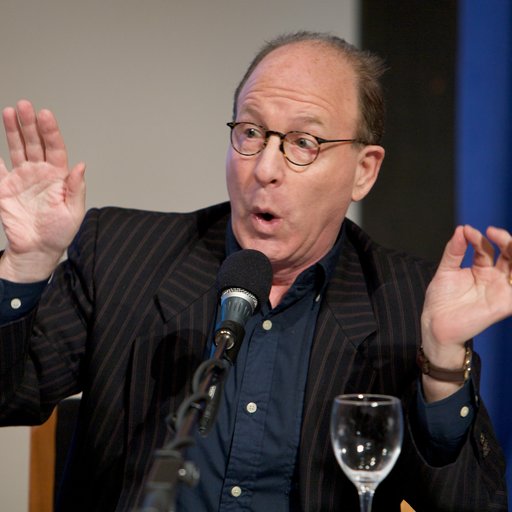Whether you're a print connoisseur or just learning about the medium, The Lower East Side Printshop is sure to make an impression . The prestigious not-for-profit studio and residency works with over 160 artists per year—making it the largest print workshop in the country. This week, from November 3 rd to November 6 th , The L.E.S. Printshop will launch two brand new special editions by artists Derrick Adams and Latoya Ruby Frazier at the Editions / Artists’ Book Fair in New York’s Chelsea. The fair coincides with New York’s Print Week , and celebrates the medium with a lively schedule of exhibitions, demonstrations, lectures, and openings showcasing over 40 exhibitors from around the globe. (Plan your itinerary by checking out the schedule here .)
While many art organizations pride themselves on facilitating the careers of artists, The L.E.S. Printshop does so in the most literal, tangible way possible. Artists from a wide variety of disciplines come to work closely and collaboratively with the shop’s master printer Erik Hougen , producing editioned artworks that combine the artist’s vision with Hougen’s technical prowess. He's worked with an impressive array of artists including Kiki Smith , Robert Longo , Barbara Kruger , Paul Chan , Ryan McGinness , Kara Walker , and Dana Schutz —many of whom had never worked with printmaking before their stint at the shop.
In the world of printmaking, master printmakers are, on the one hand, traditional experts in centuries-old printing techniques, and on the other, at the forefront of innovation, adapting new technologies to expand the boundaries of the medium. Read on to find out what Hougen has to say about what his title really means.
What does it mean to be a master printer?
It’s an old-school term. But it means that you have mastery of printmaking skills and techniques, and have the ability to collaborate with artists to produce prints. It means you’ve reached a certain level of skill where you can be the person leading a project, and you achieve it through experience. There is one school that offers a Master Printer certificate—but I don’t know what you’d do with it!
What does your job entail?
All print shops are different—some do a lot of different techniques and some specialize in just one or two. Here at The L.E.S. Printshop, we do silkscreen quite a bit, but we also do intaglio and different etching techniques, relief like woodblock, and digital printing . I might say that I tend to think more digitally. This isn’t to say that what we work on becomes a digital print in the end, but often I’ll take a painting or drawing or whatever the starting point is for the artist and I’ll start playing around with it on the computer. In broad ways, I’ll try a variety of different things, like layering different colors on top of the original to see how it changes.
For example, we did a print for Artspace with Angel Otero . We started off with a digital print of one of his skin paintings. The artist worked on top of the digital print by adding brushstrokes. We shot those brushstrokes to screens [in order to turn them into silkscreen layers] and then printed them in color. We also added silver leaf, which gave it a reflective, glowing quality. The digital print was the starting ground, but we built it up and made it into something that still references the original but takes it into a new direction.
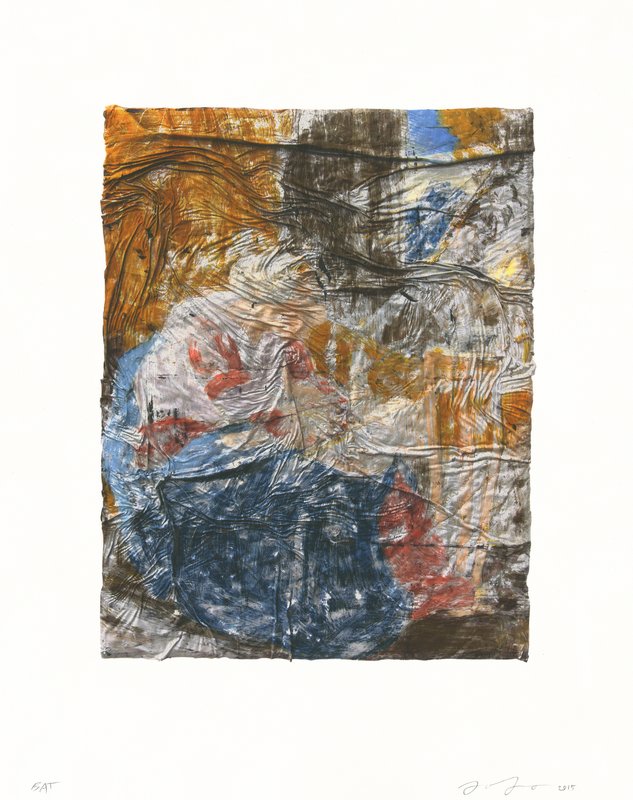 Angel Otero's
Untitled (SK-PH)
(2015) is available on Artspace for $1,500
Angel Otero's
Untitled (SK-PH)
(2015) is available on Artspace for $1,500
How do these collaborations come about?
We do two different types of printing. We offer contract printing, where people pay us to print something—they remain the publisher and can sell the prints however they want. We can also act as the publishers ourselves by inviting an artist in, paying them a stipend, and working closely with them to develop an edition.
What’s it like to work so closely with artists who may or may not have had any experience with printmaking?
From an artist’s point of view, most of the creativity happens by yourself in your studio. So, in working in this kind of environment, collaborating with a master printer, you’re forced to work with someone and collaborate in making the artwork even though it’s your medium. You have to turn over a part of yourself to somebody else, which can be challenging. Different artists are different degrees of “hands-on.”
Collaborating with a printmaker makes the artist think about making their work in a different way. For example, because of the way printmaking works, you have to build images in layers. So, if you make an oil painting, you might mix your color on the canvas. But with silkscreen and lithography, where you build color up in individual layers, you need to approach making the image in a different way. A lot of people have said that they’ve taken things they learned in the shop back to the studio with them.
Is there a hierarchy to the printmaking techniques? Are some considered more valuable than others?
It depends who you ask. The printmaking world is kind of small, but within that small world, there are different groups of people who gravitate towards different things. It seems like in academia, people have more rigid rules about what you’re saying with respect to hierarchy. You will hear, “Silkscreen is easy, because you’re not siting for ten hours carving your block. There’s no merit in just pulling ink through a screen onto a piece of paper.” But from my point of view, you need to use whatever technique is needed to get to the endpoint. If you want a big flat color, then maybe silkscreen is the best way to do that. If you want a big flat color, but also want some texture, than you use woodblock.
Some of our collectors have asked us for certain edition numbers when buying prints. For instance, they might prefer a lower number over a higher number. What’s the logic behind this? Are lower edition numbers better somehow?
No. Every single print that leaves here and gets signed looks like every other print in that edition. That’s the point of the edition! If one was better than the others, then why would it be part of the same edition? Also, they inevitably get shuffled as we’re working with them, so they aren’t numbered as they come off the press. Maybe that sentiment goes back to some particular shop or some particular artist who decided number one is better—I'm not sure. Some people like to chose their favorite number, so for instance, people who love the number seven will only buy edition number seven.
What can you tell me about Derrick Adams and Latoya Ruby Frazier ’s prints?
We’ve worked with Derrick for three or four years and we’ve done seven or more prints with him, so we’ve developed a relationship. We saw his floater pieces—images of people floating in inner tubes in the water, which are paintings on paper. We started talking about how fun it would be to break those down and recreate them as silkscreens, and that’s essentially what we ended up doing. We’re doing them about 30 by 30 inches, and we’re keeping in line with how he developed them, but they’ll be quite a bit different because of how silkscreen works with layering. I noticed he outlines everything in pencil and then buries the pencil with paint. That’s one thing we’re replicating to make the print reference the original—in the same way that
Chuck Close
’s pencil grid gets carried over into the prints. I was using the same kind of thinking for this. So, we put that down first, and then we’re doing flat and brushstroke-y layers on top to build color. There will also be a collage element in one print.
 Derrick Adams and Erik Hougen
Derrick Adams and Erik Hougen
We invited Latoya Frazier as a publishing resident. She originally proposed to do cyanotypes, which she had done a little bit before because she has a photography background. We had never done cyanotypes before, so we were starting from scratch. We started doing them on denim and on canvas and then we ended up on paper, and the images are documentation of a performance she gave.
She grew up in Braddock [Pennsylvania, a former industrial town, which experienced an economic downturn when the U.S. steel and manufacturing industries collapsed and lead to a subsequent drug and crime epidemic]. Latoya lived right across the street from a big steel factory, and she and her family had a lot of health problems from living so close to it. In the early 2000s, the mayor of Braddock partnered with Levi’s for a campaign called “Levi’s Go Forth To Work,” which ended up actually helping big business and not the small people. When Deitch Projects closed, Levi’s took over the gallery for a month or two to try to appeal to gallery-types. Latoya did a performance outside of that store, wearing denim, doing movements where sometimes she acted like steel workers, and at other times her body represented a piece of steel. There are seven images from this performance that we’ve taken and completely cut the background out of—so she’s a blue figure floating in space. The blue cyanotypes reference the denim and also building plans.
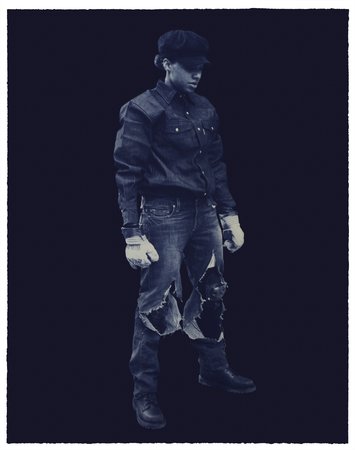 Latoya Ruby Frazier's
Untitled
(2016)
Latoya Ruby Frazier's
Untitled
(2016)
What’s a cyanotype?
It’s an old photography process. The way it works is you take two chemicals and you mix them together in a solution, and then you can paint it on whatever surface. Once the solution is dry, it acts like coated photography paper. Then you leave it in the dark and expose it with light and a negative. And then you develop it in water. It’s blue because of the two chemicals that are used to make it.
It seems you really get to know an artists practice since you work with them so closely.
Collaborating with someone on that level is an intimate thing. Developing a relationship with an artist, when you get to the point with where you’re comfortable, becomes a give-and-take. And that comes out in the print in the end. Maybe it’s not always obvious but for me, I can always look at a print and tell how long the artist has spent with us in the shop.












